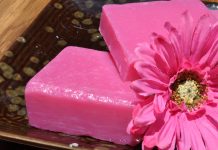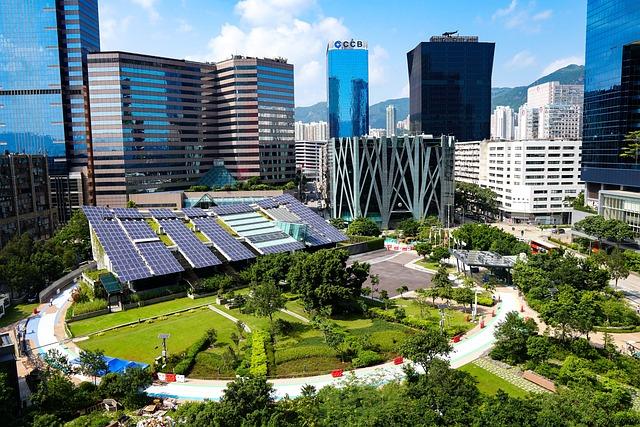In a world where fashion is both a statement and a responsibility, the movement towards sustainability is not just a fleeting trend but a necessary evolution. As the threads of the industry weave together innovation and ethics, sustainable fashion emerges as a tapestry of enduring change. This article delves into the transformative trends that are reshaping wardrobes and redefining the future of style. From eco-friendly fabrics to circular fashion models, these sustainable practices are not merely a nod to environmental consciousness—they are here to stay, promising a new era where fashion and sustainability walk hand in hand.
Eco-Friendly Fabrics Revolutionizing Wardrobes
In recent years, a wave of innovation has swept through the fashion industry, introducing a variety of eco-friendly fabrics that are transforming how we think about clothing. These materials not only reduce environmental impact but also offer unique textures and aesthetics. Among the standout options are organic cotton, which is cultivated without harmful pesticides, and hemp, known for its durability and minimal water usage. Tencel, derived from sustainably sourced wood pulp, provides a silky touch while being biodegradable.
- Bamboo: A fast-growing plant that produces a soft, breathable fabric, perfect for both casual and luxury wear.
- Recycled Polyester: Made from post-consumer plastic bottles, this fabric reduces waste and energy consumption.
- Piñatex: A leather alternative crafted from pineapple leaf fibers, offering a sustainable choice for accessories and footwear.
As consumers become increasingly conscious of their ecological footprint, these fabrics are paving the way for a more sustainable fashion future. By choosing garments made from these materials, we not only embrace style but also contribute to a healthier planet.
Circular Fashion and the Rise of Clothing Swaps

The concept of circular fashion is reshaping how we think about our wardrobes. By extending the lifecycle of garments, we reduce waste and minimize our environmental footprint. One exciting development in this realm is the rise of clothing swaps. These events are becoming a fashionable way to refresh one’s closet without the guilt of excess consumption. Participants can exchange items they no longer wear for new-to-them pieces, promoting a sustainable cycle of reuse.
- Encourages community engagement and sharing.
- Reduces the demand for new clothing production.
- Offers a fun and social way to explore different styles.
With the growing awareness of the fashion industry’s impact on the planet, clothing swaps are not just a trend but a movement towards a more sustainable future. As more people embrace this practice, it reinforces the idea that fashion can be both stylish and responsible.
Slow Fashion: Embracing Quality Over Quantity

In a world where fast fashion often dominates, the movement towards prioritizing quality is gaining momentum. Embracing a more thoughtful approach, slow fashion encourages us to invest in pieces that are not only well-crafted but also timeless. This shift is not just about buying less, but about choosing items that resonate with personal style and stand the test of time.
Consider the benefits of adopting this mindful trend:
- Durability: High-quality fabrics and craftsmanship ensure longevity, reducing the need for frequent replacements.
- Uniqueness: Investing in unique, artisanal pieces adds character to your wardrobe, setting it apart from mass-produced items.
- Environmental Impact: By reducing waste and resource consumption, this approach supports a more sustainable future.
As consumers become more aware of the impact of their choices, the allure of slow fashion continues to grow, offering a refreshing alternative to the transient nature of fast fashion trends.
Innovative Recycling Techniques in Modern Apparel

The fashion industry is undergoing a transformation with the integration of innovative recycling techniques that are reshaping how apparel is made. One of the leading methods involves the use of closed-loop recycling systems. This approach focuses on converting old garments into new textiles, reducing waste and minimizing the need for virgin materials. By leveraging advanced technology, these systems efficiently break down fibers, which are then spun into fresh threads ready for new designs.
- Fiber-to-Fiber Recycling: Utilizing cutting-edge technology to transform discarded clothing into high-quality fibers.
- Waterless Dyeing Techniques: Reducing water consumption and pollution by using air or foam to apply dyes.
- Biodegradable Materials: Creating garments from materials that naturally decompose, leaving no trace behind.
These methods are not just trends but are establishing new standards in sustainable fashion. By embracing these advancements, brands are able to offer eco-friendly options without compromising on style or quality, setting a precedent for a more sustainable future in fashion.





































